A YouTuber, pianist, composer and scientist who graduated from the University of Tokyo, Hayato Sumino, also known as Cateen, has become a real sensation in recent years. His meteoric rise to international acclaim began after his triumph in the 2018 PTNA Piano Competition, garnering further recognition with his appearance at the prestigious Chopin Competition in 2021. With his debut at the University of Hong Kong sold out in less than 24 hours and his YouTube channel amassing over 1 million subscribers, his popularity needs no further proof.
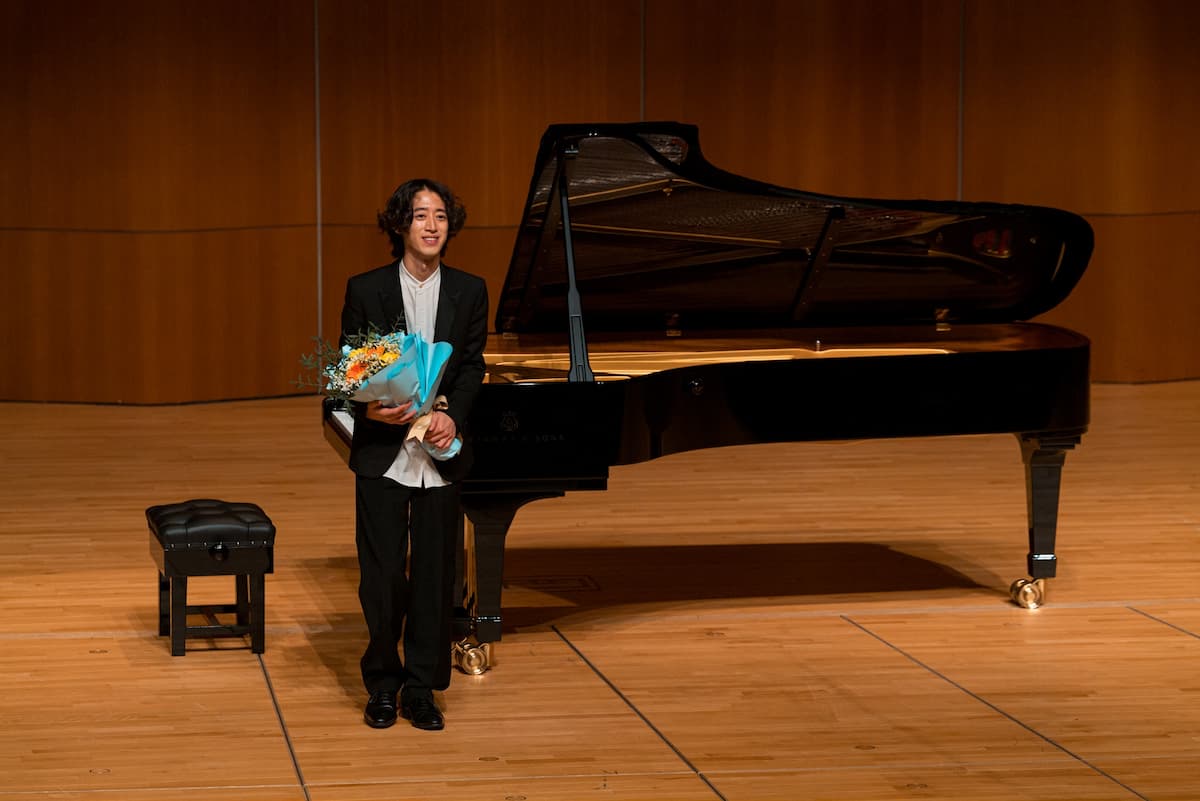
Hayato Sumino (Cateen) © Kurt Chan/HKU MUSE
This is not difficult to understand – his original compositions and arrangements buoyantly dance across the boundaries, if any, between classical, jazz and pop music and explore the possibilities where different genres converge. However, his relentless pursuit of uniqueness reflects a deeper commitment to innovation, having remarked in a student-exclusive conversation that musicians today ought to reflect on what else they can offer in this digital era saturated with legendary recordings.

Hayato Sumino (Cateen) © Kurt Chan/HKU MUSE
The two evenings’ programmes similarly brimmed with originality. The first half juxtaposed Chopin’s music with Sumino’s works inspired by the Polish composer. Chopin’s Grande Valse brillante in E-flat major, Op. 18 unfolded with a pleasing dancing pulse, despite some limitations in tonal variety. Clearly more at ease with his own compositions, Sumino played Big Cat Waltz, which took inspiration from Chopin’s counterpart while portraying the antics of his chubby but agile cat at home, with such playfulness and a fine sense of spontaneity.
Cateen: Big Cat Waltz
Chopin’s Ballade No. 2 in F major had its narrative convincingly told and melodrama aptly captured, building up to a climactic eruption of white-hot fervour. The stage lights were deliberately dimmed as Sumino segued into his tribute piece, Recollection, in which the opening theme of Chopin Ballade No. 2 appeared with intriguing harmonies and sonorities, altogether creating an air of introspection and nostalgia. Chopin’s Nocturne in C minor, Op. 48 No. 1, continued the darkness, until the opening notes of New Birth illuminated the stage, radiating optimism through allusions to Chopin’s Etude in C major, Op. 10 No. 1. The first half concluded with a poised, technically assured reading of Chopin’s Polonaise in A-flat major, Op. 53, suitably majestic and triumphant.
Cateen: Recollection
The second half featured Bach’s Italian Concerto, Gershwin (arr. Sumino) I Got Rhythm and Rhapsody in Blue in the first evening, seemingly exploring parallels between Bach and jazz with their pulsating rhythmic drive. However, this connection was not particularly pronounced in Bach’s Italian Concerto. While faithful to the text, the Andante required a keener ear to its rhetoric, and a lighter touch in Presto might have brought more vigour. In fact, it would’ve been great to hear it reimagined by Sumino as he wonderfully did with the Inventions on the second day.
Sumino’s arrangements of Gershwin proved to be a game-changer, nonetheless. His wittily written 10 Levels of I Got Rhythm burst with vitality and showmanship, while Rhapsody in Blue saw Sumino completely in his element, even surpassing Japanese jazz musician Makoto Ozone, who inspired Sumino’s improvisational embellishments and re-harmonisations. Sumino’s rendering, or rather, reworking, had it all – retaining Gershwin’s essence yet electrifyingly renewed, interweaving deeply moving passages with grin-inducing moments. Simply mind-boggling with his creative genius in full display, transforming the work into a tour de force. Hands down the best Rhapsody in Blue I’ve ever heard.
Cateen: 10 levels of “I got rhythm”
On the second evening, the two works by Gershwin were replaced by Kapustin’s increasingly popular Eight Concert Etudes Op. 40, interspersed with three Bach Inventions. Comparisons with Nobuyuki Tsujii, who performed this set at the same venue several months prior, inevitably arose – Tsujii was more straightforward and lucid, closer to Kapustin’s almost mechanical approach, while Sumino injected the Etudes with vivid jazz flavour through his improvised tweaks. However, these Etudes by Kapustin admittedly allowed for less manipulation than Gershwin, and whether Kapustin himself would have liked this idea was questionable.
The set opened with palpable rhythmic gusto in No. 1. While the syncopations in No. 2 and No. 6 would benefit from greater rhythmic definition and the improvisations in No. 4 might have leaned towards excess, No. 3 (Toccatina) had such bite and infectious groove, No. 5 (Raillery) swung with boogie-woogie panache, and No. 7 (Intermezzo) embodied the stride piano style and swing rhythm with intuitive ease. Unlike the Italian Concerto, Bach’s Inventions No. 4, 13, 14 (placed in between Etudes No. 4 to 7) came alive in Sumino’s hands with pleasantly jazzy touches at times reminiscent of Kapustin.
Toccatina – Kapustin Eight Concert Etudes Op.40 No.3
Encores included a light-hearted arrangement of Gershwin’s Swanee and Chopin’s Mazurka Op. 24 No. 2 on the first night, while the second night featured his arrangements of Gershwin’s I Got Rhythm and Chopin’s Waltz Op. 64 No. 1. Both evenings ended with his signature – the irresistibly entertaining 7 Levels of Twinkle Twinkle Little Star, which literally brought the house down. With his visionary artistry and technical wizardry, Sumino is redefining what it means to be a modern pianist.
For more of the best in classical music, sign up for our E-Newsletter

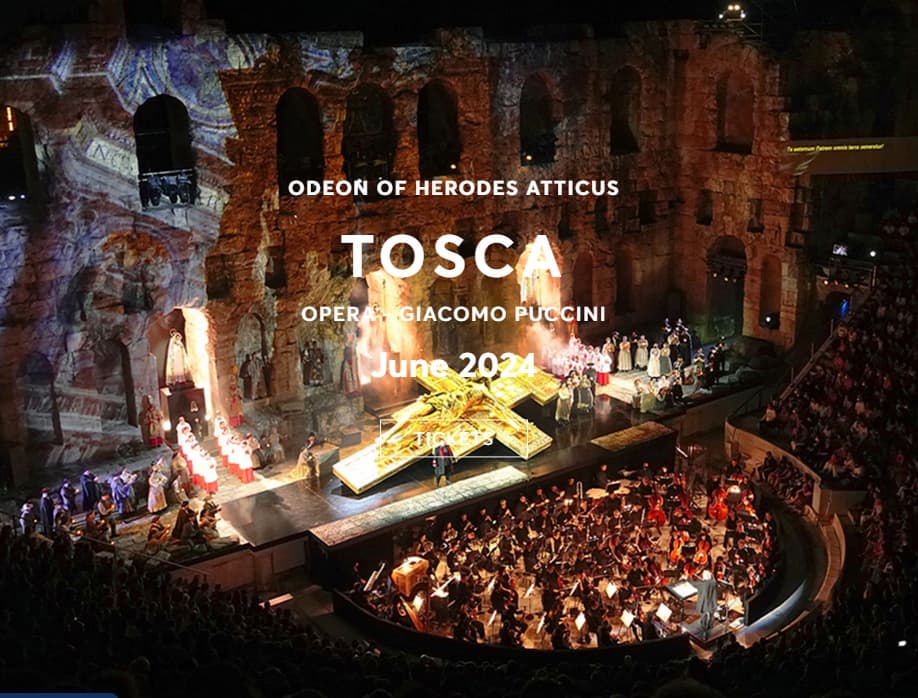
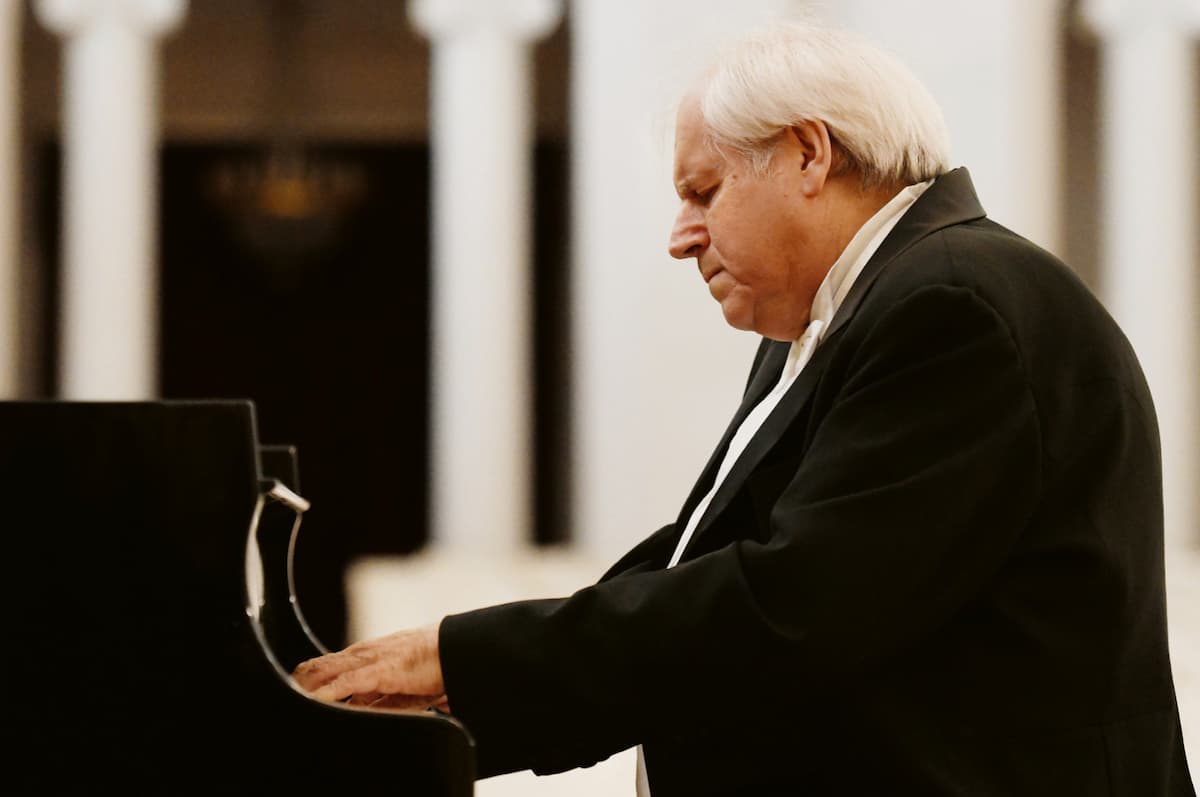
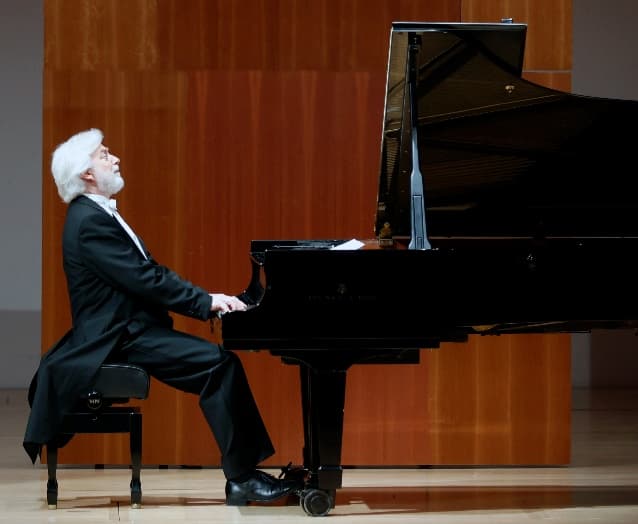
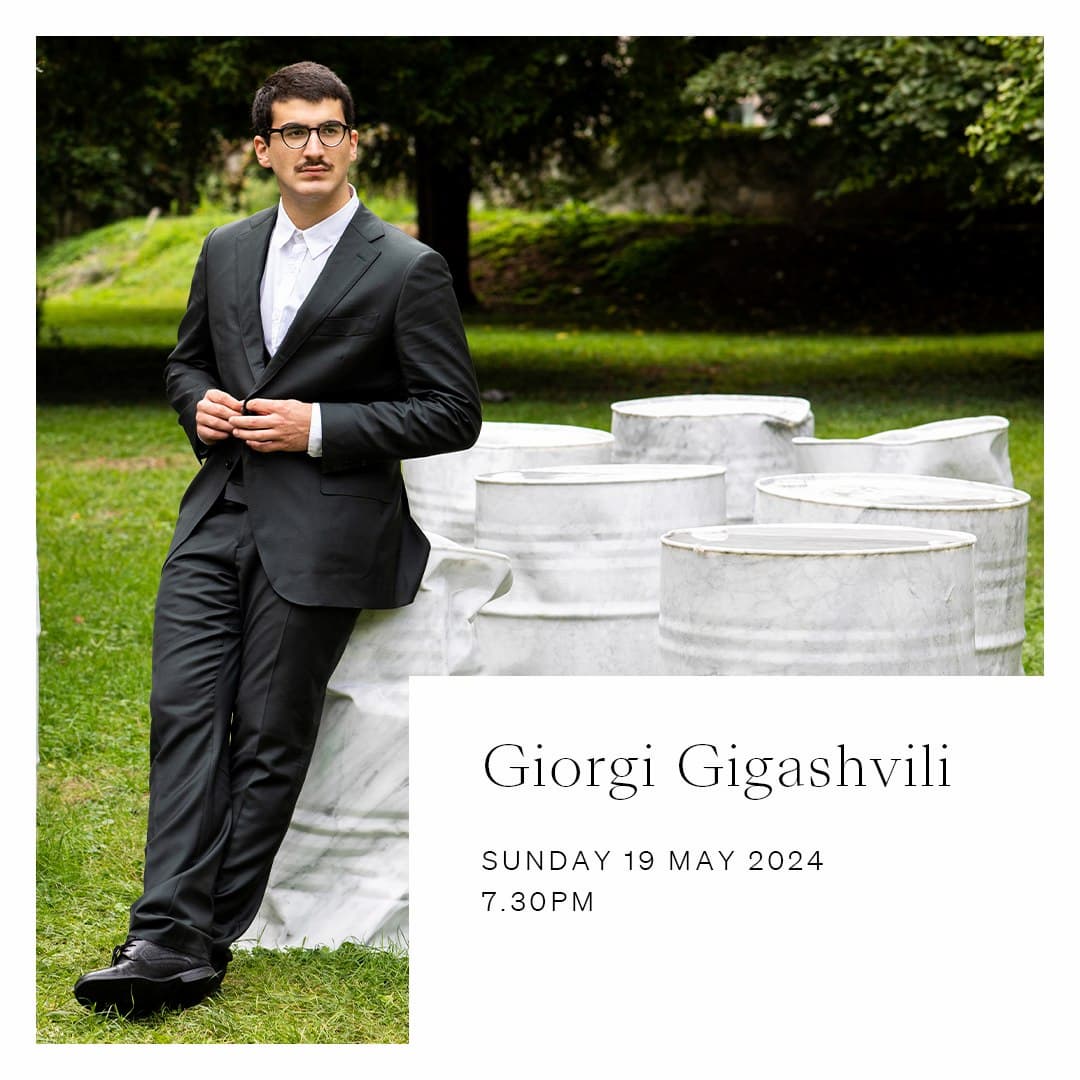
Great comment, dear Anson!
Complimenti vivissimi.